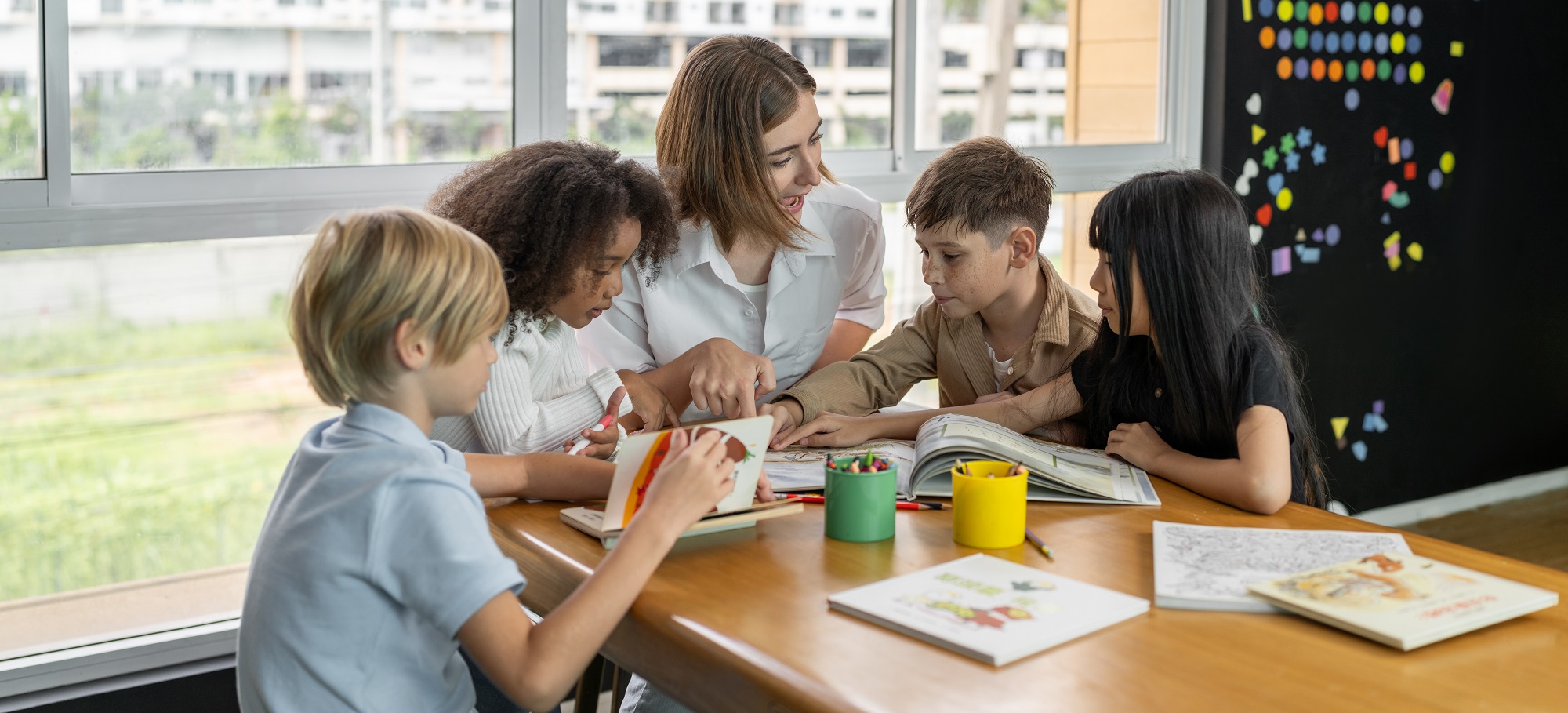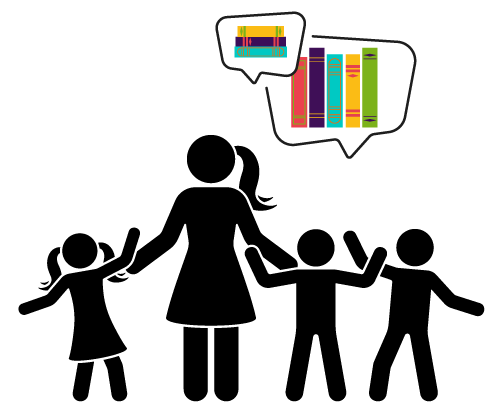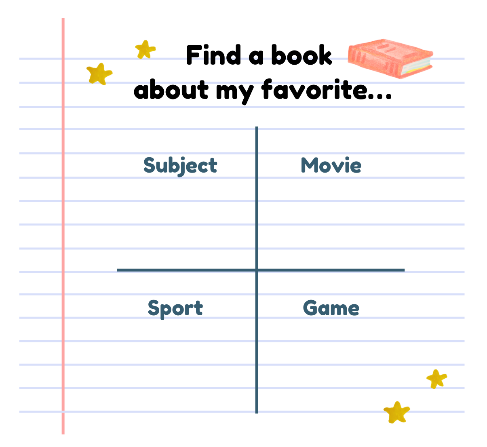Building Better Reading Communities for Young Learners in Your ELT Classroom

Encouraging younger students to read broadly and widely should be an exciting opportunity for teachers. However, in today's fast-paced digital age, encouraging some to pick up a book — whether in their first language or in an additional language — can be challenging. With countless distractions at their fingertips, capturing their attention is essential in fostering an immersive reading experience.
Fortunately, the recent focus on the science of reading — supported by extensive research on reading through phonics, vocabulary, and comprehension strategies — has created a great opportunity for us to reflect on ways to enhance our students’ motivation to read in a primary English language teaching classroom.
 From my experience, students who engage more in reading show more enthusiasm for learning in general. So, how can we implement fun and practical approaches to help our students engage attentively in their reading journey? In this blog, I share three effective ways to create an inviting reading community.
From my experience, students who engage more in reading show more enthusiasm for learning in general. So, how can we implement fun and practical approaches to help our students engage attentively in their reading journey? In this blog, I share three effective ways to create an inviting reading community.
1. Open Conversations About Reading
Talk about all things related to books. Whether your students are focused on phonetics, picture books, guided readers, or chapter books, creating spaces for them to listen or share can deepen their appreciation for reading in any language. Valentina and Tan share suggestions for multilingual learners and the science of reading in their TESOL blog, which can help open conversations about reading with multilingual children.
As teachers, we can model reading practices by sharing some examples of what we read in any language. Daily or weekly sharing or mentioning examples from newspapers, recipe books, restaurant or sport reviews, or even a picture book can spark an interest and demonstrate reading in practice. For example,
-
- Here's a [type of text] I would like to share with all of you. When you finish your work, please come and have a look!
- I read about [topic] because I wanted to learn more about [subject]. Did you know [fact]? I learned it from this book.
Over time, we can encourage students to share their own examples through a scheduled show-and-tell, or designated space on a new or existing bulletin board. This step helps establish a positive tone for a reading community by demonstrating how both teachers and students are continuing to read and learn together. And, another benefit would be that sharing and engaging in conversations can most likely boost their confidence.
2. Put Interests and Enjoyment in the Spotlight
After talking about books, the next step is to shine light on students' interests. Viewing motivation as a dynamic process that shifts over time highlights how personal interest and enjoyment can kickstart and sustain a student's personal reading journey. Within the same reading community, we want to encourage students to make choices about their extra reading material and show how reading can be fun through creating connections between books and student interests. It's so rewarding to see and hear how younger students enjoy a specific book or genre for the very first time, or even establish a reading routine after discovering books on topics they love.
Understandably, not every student will like the same genres and interests can evolve, so encouraging students to share either through worksheets, informal chats, or class discussions would be an engaging way to stay updated in the reading community. An introduction to varied genres can also be beneficial.
Try this activity in class or assign it as homework. It might take a bit of time, but it can be fun for students to talk about their progress and share based on their interests:
 Find a Favorite: Book Scavenger Hunt
Find a Favorite: Book Scavenger Hunt
On the board, write, "Find a book about my favorite..." Before drawing a 2x2 table underneath. In each box, write down a topic to focus on; some examples of topics include subject, game, animal, sport, music, and movie. Have students write down or draw their answers in the boxes and then find a book related to each topic over time. Students can either take a photo, draw the cover or write the title and author in boxes.
Understanding your students’ preferences allows you to introduce new books that resonate with them or create personalized book lists.
3. Create Social Connections
The final step is to connect reading with our surroundings to create a sense of belonging within our reading communities. A great way to get students involved is by organizing a classroom calendar that highlights important celebrations, festivals, public holidays, and school events. This process encourages students to share their own celebrations and connect to literature in a meaningful way.
To help build classroom book lists, Literacy Tree posted a curated list of picture books for a range of international celebrations and festivals, categorized in a pdf document. Book Trust also provides a wonderful list of fiction and nonfiction books for birthdays, weddings, and religious festivals, containing links to each book for teachers (and parents) to plan ahead. A selection of these books would encourage younger students to make connections with their traditional cultures and local communities through storytelling. They can also gain a better understanding of their surroundings, too.
Some people are fortunate to have reading communities formed naturally through friends and family. As teachers, we have the opportunity to introduce healthy reading habits at an early age. The above three steps along with your own experiences can build fun and vibrant reading communities for multilingual learners of English and for all our students.
Happy Teaching and Learning!

